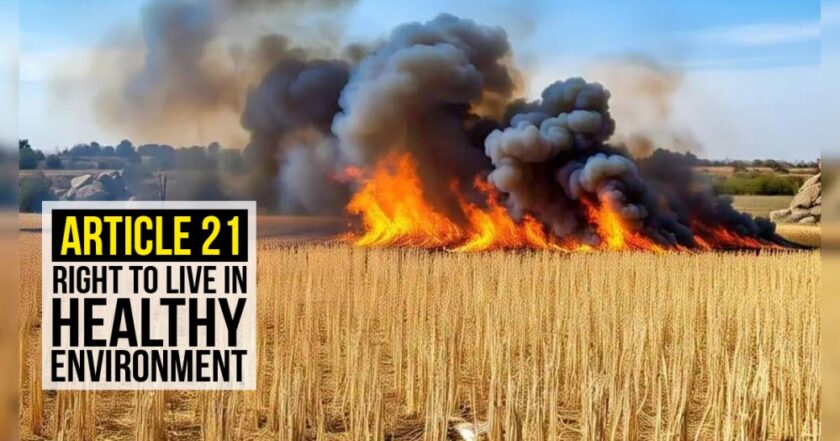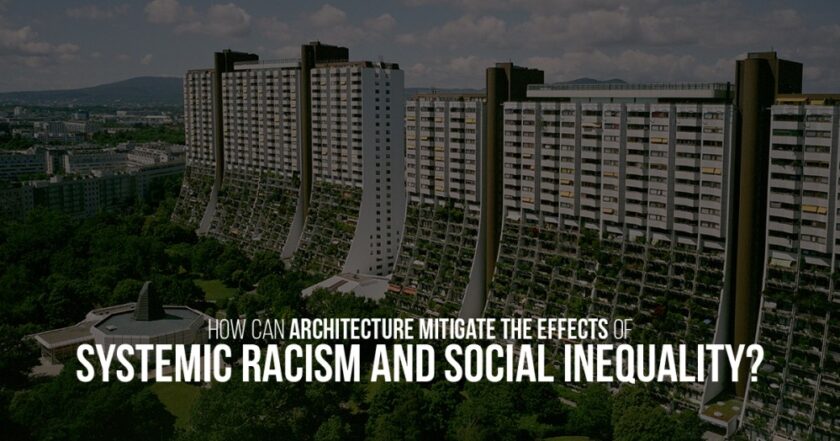Question Mark
The hardest thing to learn in life is which bridge to cross and which to burn by David Russell. Fresh and clean air to breathe is the right of every citizen in India under Article 21. But observing our present situation, no one can say that there is even the right to live in a pollution-free environment available in India. Every year after Diwali, farmers start preparing their fields for growing rabi crops namely- wheat, mustard, barley, oats, etc., and want to clear fields after kharif crops mainly rice, cotton, groundnut, jawar, etc. Now, the issue in North India is that there is a huge demand to produce wheat and to sow the seeds after harvesting rice, parali (stubble) the leftover rice crops are burned for almost a month, i.e. from November to December to clear the fields. During winters when fog and smoke combine, it’s called smog which is hazardous for all the living organisms on Earth. Currently, Delhi NCR is struggling with extremely poor air quality and the government is fighting to prove that it was not their fault. Lack of awareness, technology, and tools among farmers leads to such a catastrophic condition and our leaders are playing blame games. Why can’t they foresee the consequences and guide commoners to pursue the right practice from the beginning? It is a big question mark on our practices and understanding.

The Waste Story

India is the second most populous country after China in the world. In northwest Punjab, Haryana, and Uttar Pradesh, most crop leftovers are burnt as a normal practice. According to the Ministry of New and Renewable Energy, India yields 500 million tonnes of crop residue per year. This leftover is used as fodder in fuel in industries. Still, 140 million tonnes are remaining, out of which 92 million tonnes are burnt every year to shorten the sowing and harvesting time. 35 million tonnes of parali is burned by the farmers of Haryana and Punjab all alone. Burning parali releases toxic gases, mainly carbon dioxide, carbon monoxide, methane, nitrogen dioxide, etc. at very high levels, threatening human lives. These gases form a gaseous cloud that hovers over Delhi NCR for months, exposing every citizen to extremely high pollution levels. Recently, the air quality index of the Delhi region rose to > 450 micrograms per cubic meter and the government was bound to take strict actions. Schools were closed and kids were asked to attend online classes, offices were commanded to have half the working force, and the application of Graded Response Action Plan Stage 4 (GRAP 4 – prohibits medium and heavy-sized goods vehicles powered by diesel from entering Delhi unless transporting essentials and only LNG, CNG, Electric, and Bharat Stage -VI diesel vehicles are permitted), etc.
People are facing several problems such as – irritation in the eyes, throat, and skin, bronchial asthma, acute respiratory infections (ARI), heart difficulties, nose discomfort, and lung diseases that can lead to cancer as well. The state governments are not doing justice to the requirement of fresh and healthy air for their citizens. They may penalize some farmers for burning parali; while leaving others with a small fine. The Supreme Court has criticized the Punjab and Haryana governments for their pick-and-choose policy and has directed the states to immediately stop crop residue burning. Every year this situation arises, but there is no solution to it yet. Some alternatives to parali burning are using it to make compost, bran oil, biogas and biofuel, decorative handcrafted products, power generation, etc. The government has to spread awareness through various education programs and introduce the concept of diversification in the crops. In the past year, several measures were taken by the government to better the situation, but none are efficient enough to completely stop the parali burning. According to a survey in 2015 by Kumar et al., 90% of the farmers burned their parali despite knowing the negative health effects. This could be a shortage of labour, education, government incentives, or even farmer’s ignorance of more affordable and eco-friendly options available in the market. Therefore, on-ground root-level campaigns are needed to make farmers understand and practice new tools, methods, or technology. In India, on paper, everything is working very fluently, but in reality, it’s all in thin air. The government should strictly implement some specific policies and laws to cater to the issue. Such as- a monitoring team should be deployed to cross-check the violators. Another is subsidiaries should be given to farmers for machinery and have to be tracked systematically. The government should implement price regulation for products derived from agricultural leftovers. Moreover, a digital network can be created for interlinking farmers, straw banks, end users, and other stakeholders so that they can exchange agricultural waste. Several suggestions have been given to date but no effective execution results in several fatal conditions at present.
India is a diverse country and our strength lies in diversity, different geographical conditions, topography, soil nature/type literacy rate, accessibility to various affordable machines and tools, etc. which have to be kept in mind while taking workshops, and farmer training programs across the country. Farmers can or cannot be blamed in this situation, as every year they face more pressure from the supply chain to produce wheat crops in north India and they are time-bound. Also, here the return on investment is guaranteed but on the stake of the environment. Is this the development our mankind is proud of? What are humans up to? They just want money in the system to flow but what about the environment? The next generation will curse the older generation for not cherishing what they possess. As every time the ringing bell is not a wake-up call sometimes it’s an immediate action time beeping and commanding to stand up and face the challenge.
Online sources:
Citations for websites:
Malvika Kadian, Savita Nagoria, Sweety Monga, Meera (2024). Stubble burning in India environmental concern and alternative. [online]. Available at: https://www.agriculturejournal.org/volume12number1/stubble-burning-in-india-environmental-concern-and-alternative-tools/#:~:text=Farmers%2C%20experts%2C%20and%20government%20officials,planting%20the%20following%20wheat%20crop/ [Accessed 24 Nov 2024].


As an architecture and interior designer, I am passionate about creating spaces that inspire and delight those who inhabit them. With over a decade of experience in the industry, I have honed my skills in both the technical aspects of design and the art of crafting beautiful, functional spaces.
After earning my degree in architecture, I began my career working for a prestigious firm where I was exposed to a wide range of projects, from commercial buildings to high-end residential properties. During this time, I developed a keen eye for detail and a deep appreciation for the importance of form and function in design.
In recent years, I have struck out on my own, founding my own design studio where I have been able to further explore my passion for interior design. I believe that a well-designed space can transform the way people live and work, and I take pride in working closely with clients to understand their needs and create spaces that exceed their expectations.
Throughout my career, I have been recognized for my innovative and creative approach to design, and have been honored with a number of awards and accolades. When I’m not working on design projects, you can find me exploring the outdoors or seeking inspiration in the world around me.





